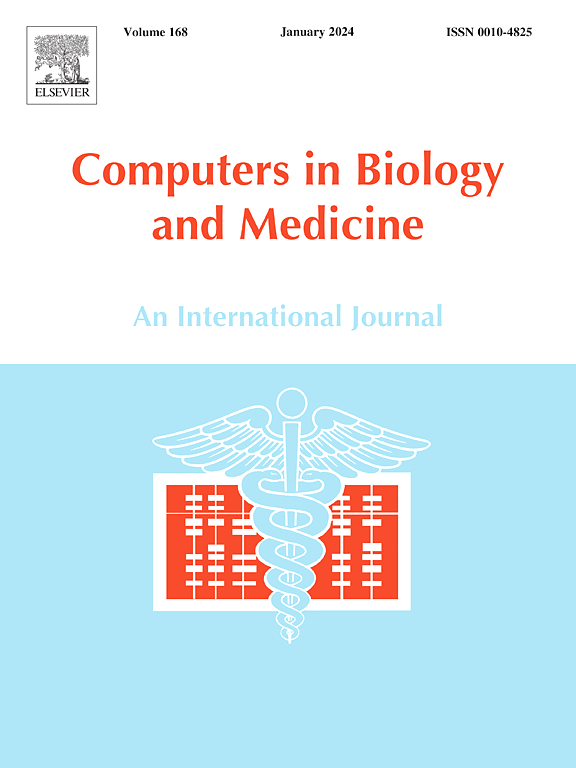DEEP Q-NAS: A new algorithm based on neural architecture search and reinforcement learning for brain tumor identification from MRI
IF 6.3
2区 医学
Q1 BIOLOGY
引用次数: 0
Abstract
A significant obstacle in brain tumor treatment planning is determining the tumor’s actual size. Magnetic resonance imaging (MRI) is one of the first-line brain tumor diagnosis. It takes a lot of effort and mostly depends on the operator’s experience to manually separate the size of a brain tumor from 3D MRI volumes. Machine learning has been vastly enhanced by deep learning and computer-aided tumor detection methods. This study proposes to investigate the architecture of object detectors, specifically focusing on search efficiency. In order to provide more specificity, our goal is to effectively explore the Feature Pyramid Network (FPN) and prediction head of a straightforward anchor-free object detector called DEEP Q-NAS. The study utilized the BraTS 2021 dataset which includes multi-parametric magnetic resonance imaging (mpMRI) scans. The architecture we found outperforms the latest object detection models (like Fast R-CNN, YOLOv7, and YOLOv8) by 2.2 to 7 points with average precision (AP) on the MS COCO 2017 dataset. It has a similar level of complexity and less memory usage, which shows how effective our proposed NAS is for object detection. The DEEP Q-NAS with ResNeXt-152 model demonstrates the highest level of detection accuracy, achieving a rate of 99%.
DEEP Q-NAS:基于神经结构搜索和强化学习的MRI脑肿瘤识别新算法
脑肿瘤治疗计划的一个重要障碍是确定肿瘤的实际大小。磁共振成像(MRI)是脑肿瘤诊断的一线手段之一。手动从3D MRI体积中分离脑肿瘤的大小需要花费大量的精力,而且主要取决于操作人员的经验。深度学习和计算机辅助肿瘤检测方法极大地增强了机器学习。本研究提出研究目标检测器的架构,特别关注搜索效率。为了提供更多的特异性,我们的目标是有效地探索特征金字塔网络(FPN)和称为DEEP Q-NAS的直接无锚目标检测器的预测头。该研究利用了BraTS 2021数据集,其中包括多参数磁共振成像(mpMRI)扫描。在MS COCO 2017数据集上,我们发现的架构在平均精度(AP)方面比最新的目标检测模型(如Fast R-CNN, YOLOv7和YOLOv8)高出2.2到7个点。它具有相似的复杂性和更少的内存使用,这表明我们建议的NAS对于对象检测是多么有效。具有ResNeXt-152模型的DEEP Q-NAS显示出最高水平的检测精度,达到99%的率。
本文章由计算机程序翻译,如有差异,请以英文原文为准。
求助全文
约1分钟内获得全文
求助全文
来源期刊

Computers in biology and medicine
工程技术-工程:生物医学
CiteScore
11.70
自引率
10.40%
发文量
1086
审稿时长
74 days
期刊介绍:
Computers in Biology and Medicine is an international forum for sharing groundbreaking advancements in the use of computers in bioscience and medicine. This journal serves as a medium for communicating essential research, instruction, ideas, and information regarding the rapidly evolving field of computer applications in these domains. By encouraging the exchange of knowledge, we aim to facilitate progress and innovation in the utilization of computers in biology and medicine.
 求助内容:
求助内容: 应助结果提醒方式:
应助结果提醒方式:


